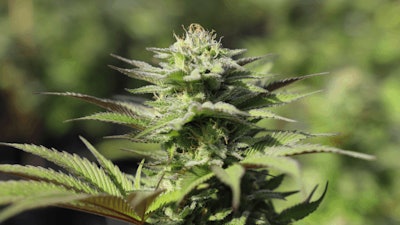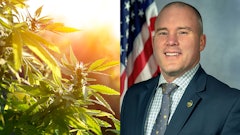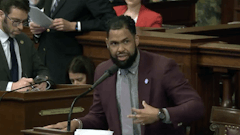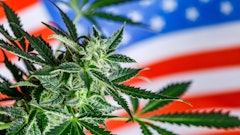
Virginia has legalized adult-use cannabis just days after New York and New Mexico lawmakers signed their legalization bills.
On April 7, the Virginia General Assembly approved Gov. Ralph Northam's proposal to amend the state's bill to legalize recreational cannabis in 2024 and accelerate the legalization timeline by three years.
RELATED: Virginia Legislature Passes Adult-Use Cannabis Legalization Bill
Starting July 1, 2021, adults 21 years and older will be able to possess and grow adult-use cannabis; however, retail sales are not expected to begin until 2024, as Vox reported.
According to a recent ABC News article, Northam's proposal contains some of the following legislative changes:
- Northam is proposing two budget amendments; one to fund a public awareness campaign on the health and safety risks of cannabis and another to measure funds to help law enforcement recognize and prevent driving under the influence of drugs.
- His amendments authorize adults 21 years and older to possess up to 1 ounce of cannabis without the intent to distribute it. The amendment would continue to prohibit laws such as consuming while driving or possession on school property.
- The proposed amendments would speed up the expungement and sealing of criminal records. They would allow residents with cannabis convictions to request a lower penalty or for their records to be sealed.
- His provisions will permit households to grow up to four cannabis plants starting July 1, 2021 and require the plants to be labeled and out of range and sight from individuals under 21 and the public.
Northam said in a tweet that legalizing the possession of adult-use cannabis in Virginia is a "monumental step to address racial disparities in our criminal justice system and build an equitable, inclusive future for our commonwealth."
Legislators and advocates also weighed in on the state’s final decision.
"This is an incredible victory for Virginia," said Jenn Michelle Pedini, the development director of the National Organization for the Reform of Marijuana Laws (NORML) and executive director of Virginia NORML. "Legalization will bring an end to the thousands of low-level marijuana infractions occurring annually in the commonwealth—ending a discriminatory practice that far too often targets Virginians who are young, poor and people of color."
"It is a huge day for equity in the commonwealth," House Majority Leader Delegate Charniele Herring said. "Virginia is now the first state in the South to legalize recreational marijuana use, and I am so proud to have been able to carry this monumental legislation. I am ever grateful for the commitment and advocacy from NORML on this topic. Getting Virginia to this day would not have been possible without their hard work and dedication to the cause."

























